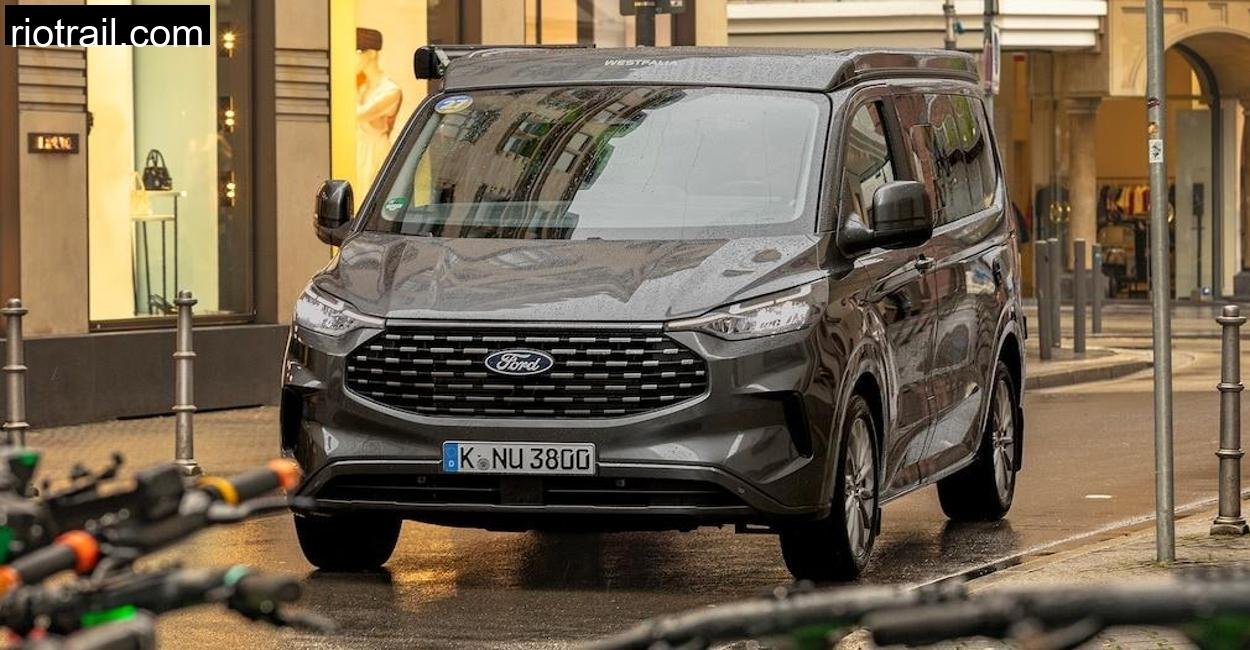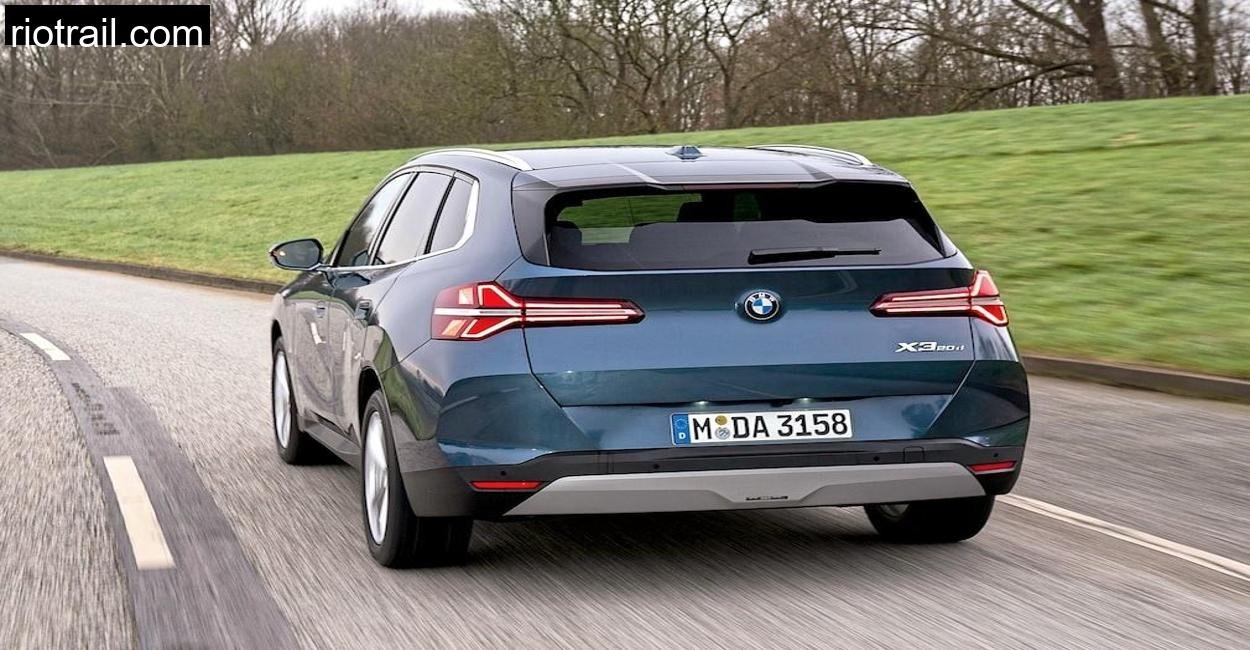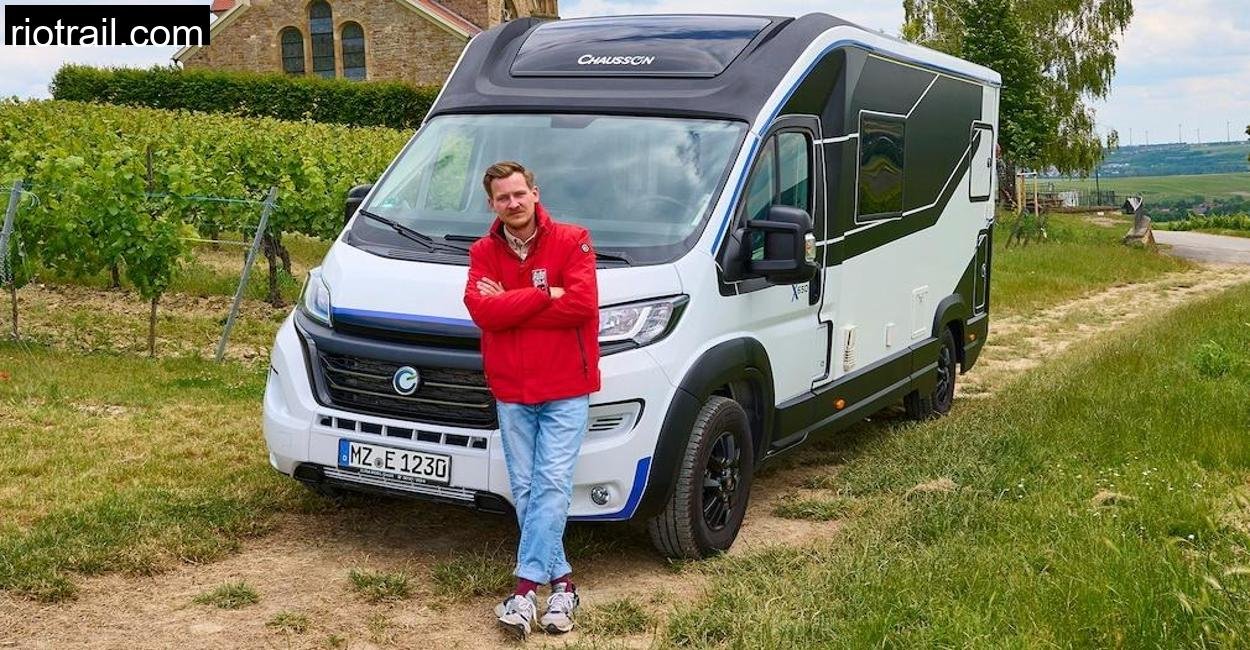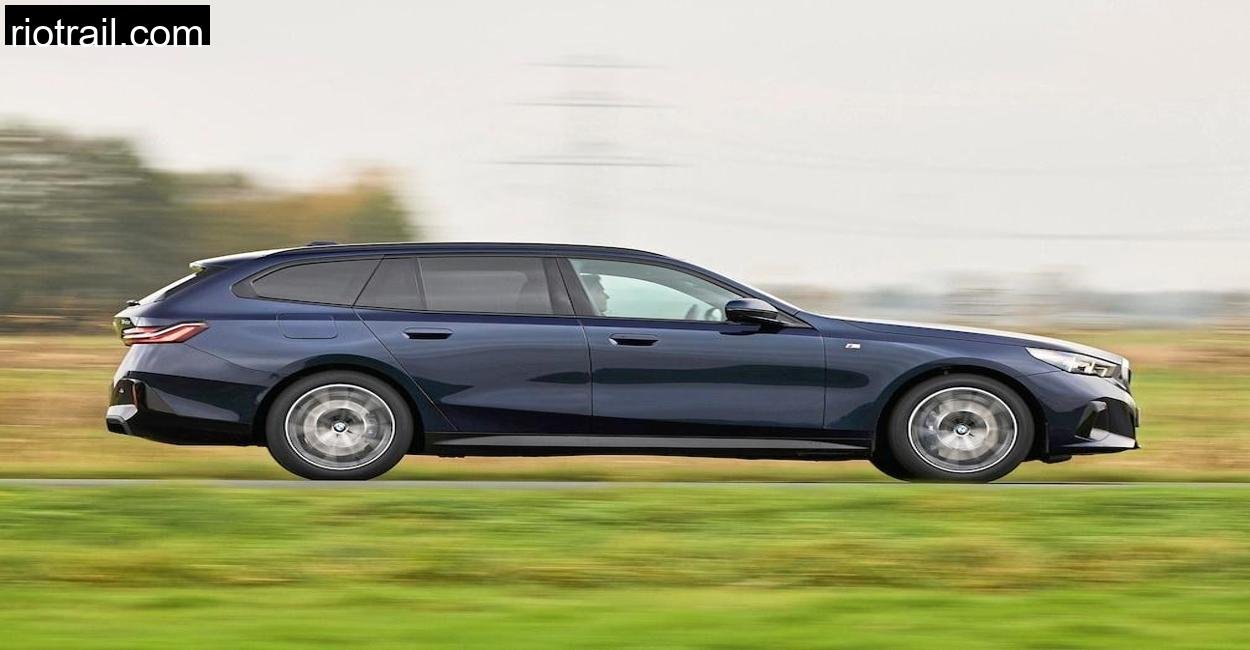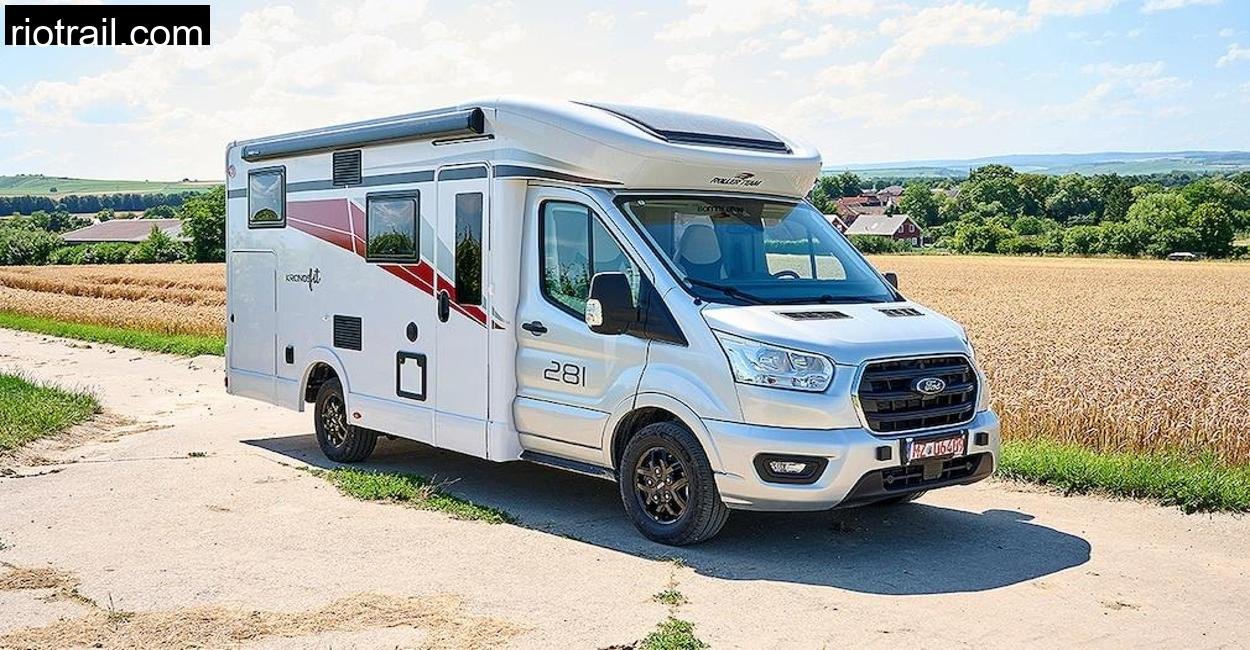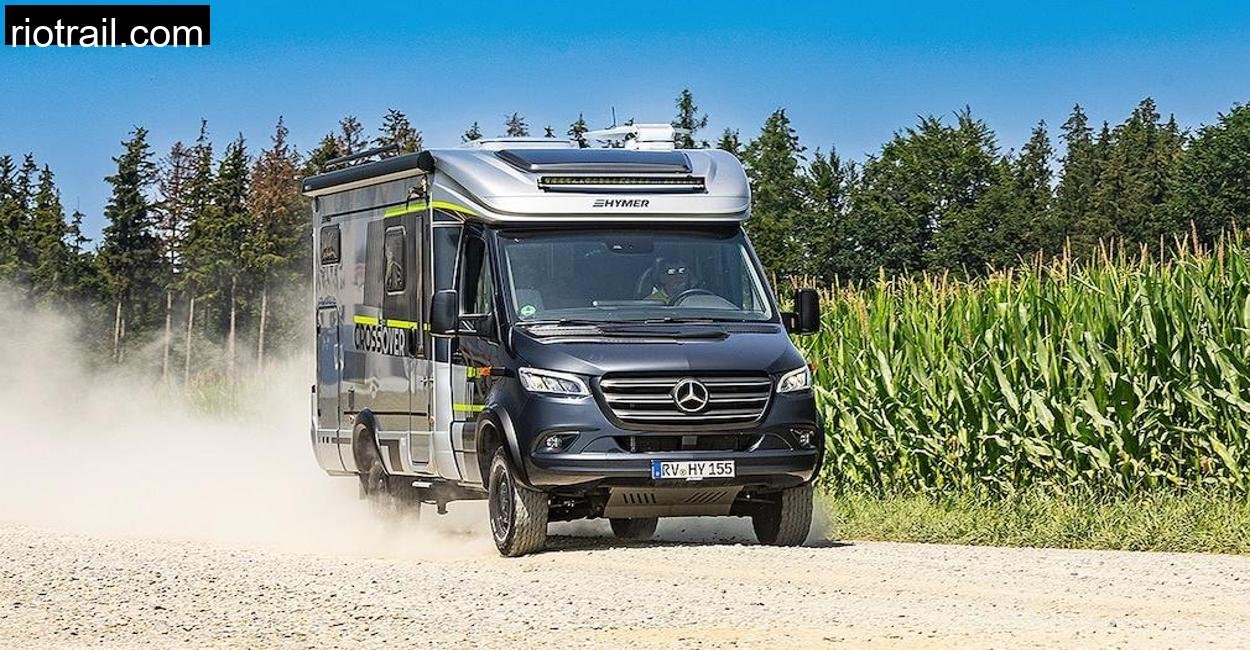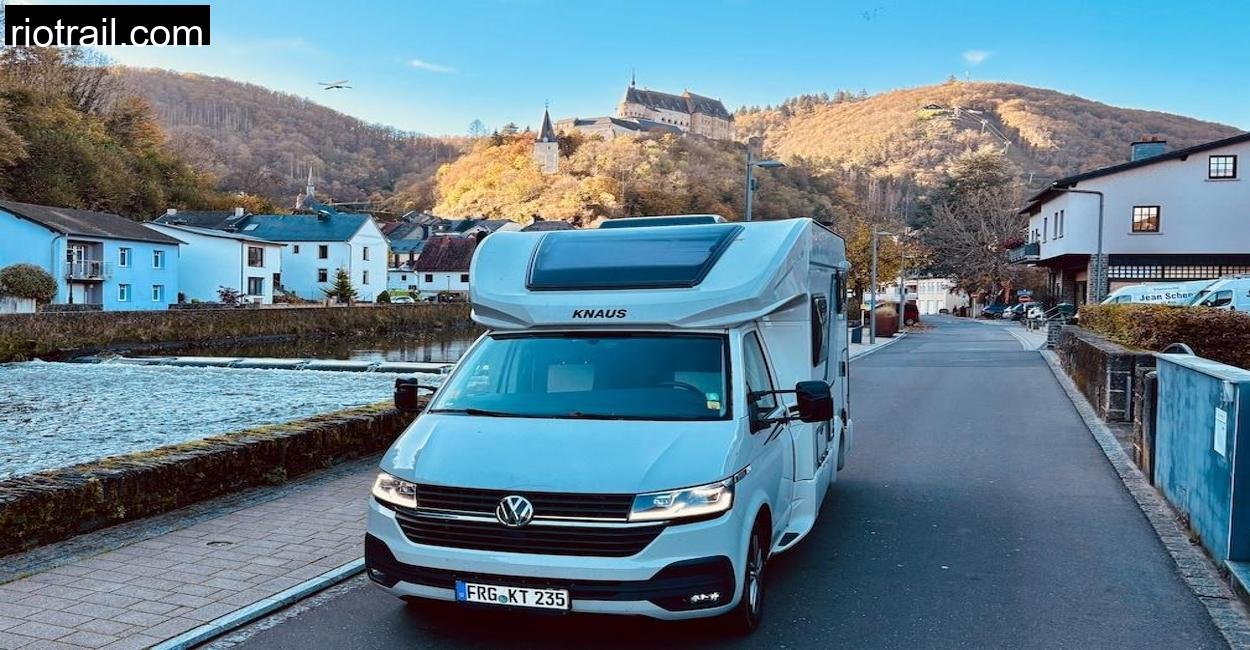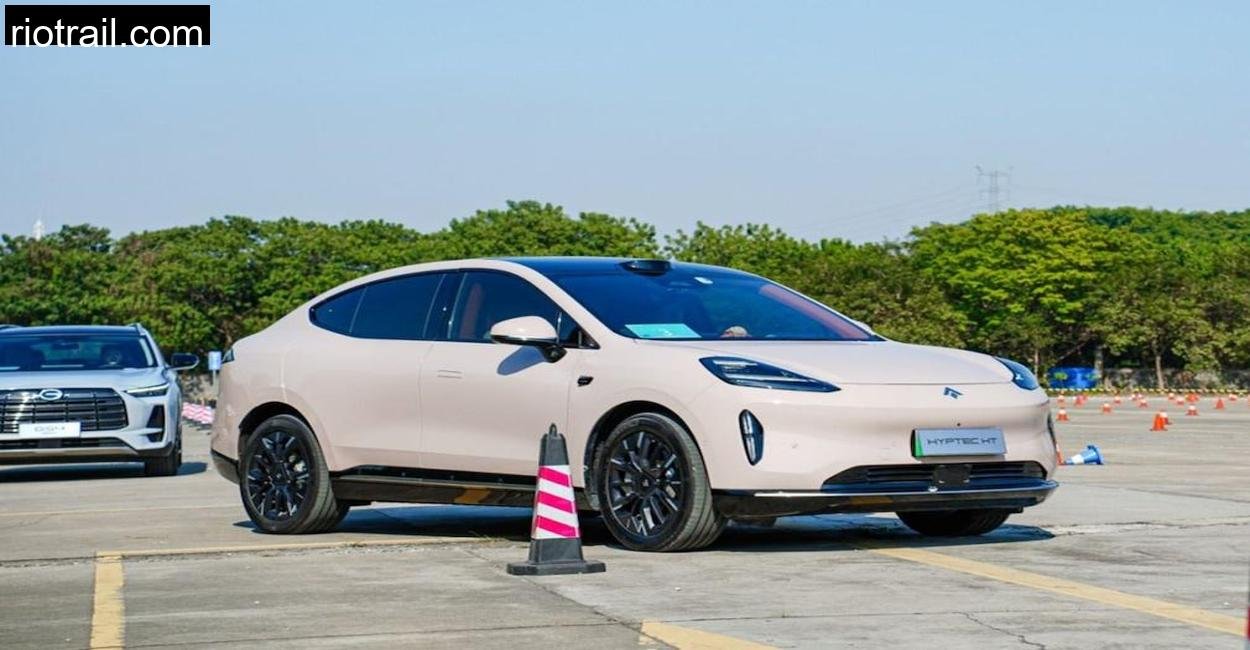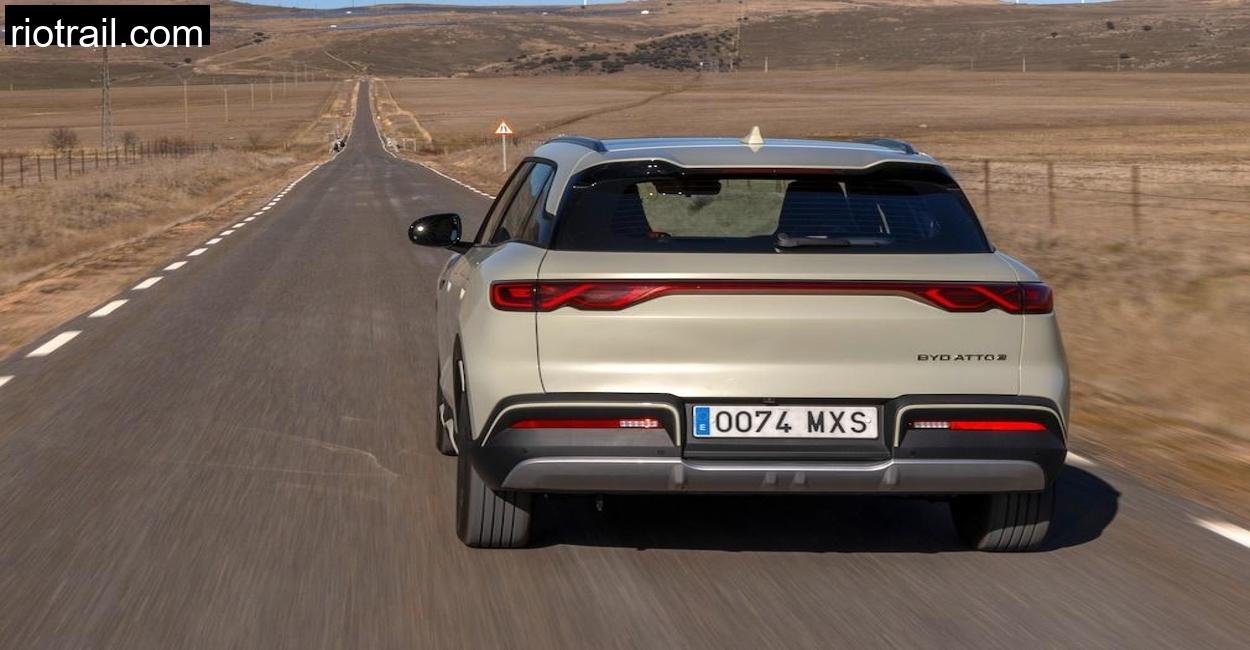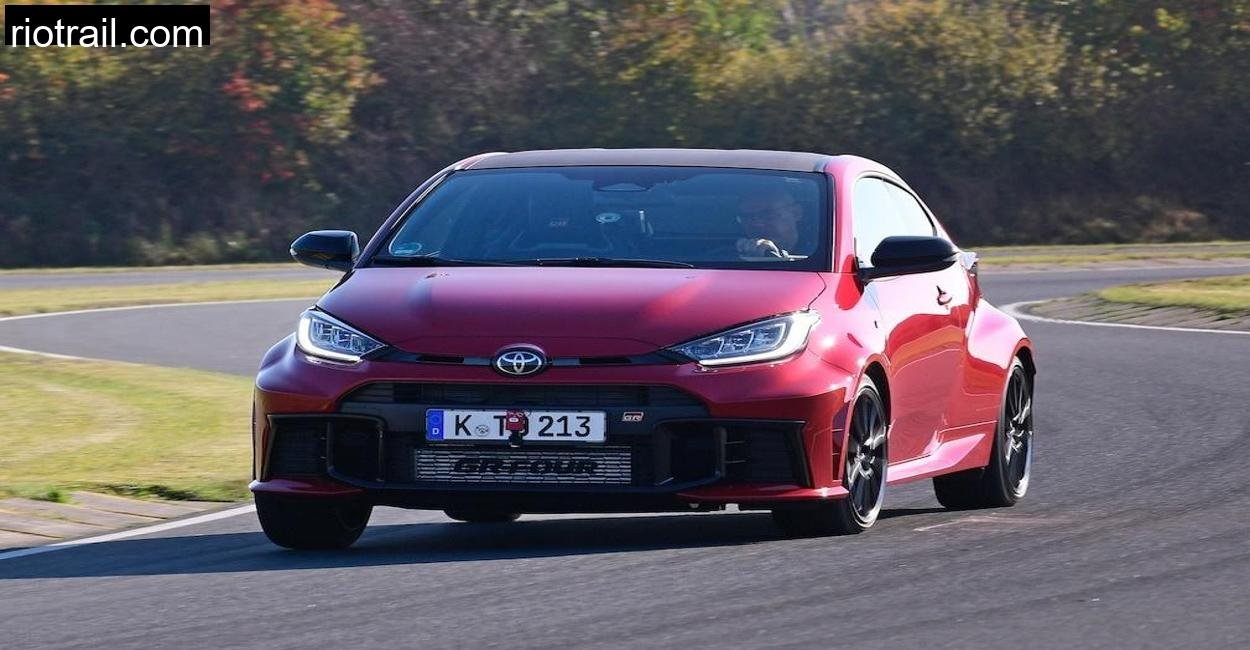It was early morning when I rolled out of bed, eyes barely open, grabbed a thermos of coffee and my keys, and headed out toward the Egge Hills. This modest range of forested ridges, tucked away in North Rhine-Westphalia, is one of my favorite spots in Germany for testing vehicles that need to handle a mix of urban roads, long highway stretches, and narrow winding forest lanes. But this time, I wasn’t heading up there in a sports car or an SUV. Instead, I had something far more versatile at my disposal: the all-new Ford Transit Custom Nugget.
Now, you might not think of a campervan as a machine that belongs on a test loop through forest ridges. But that’s exactly why I wanted to bring it here. Because the Nugget, despite its slightly humorous name, is no toy. It’s Ford’s serious contender in the compact camper space, and after its long-awaited update in mid-2024, it’s got even more to prove.
By the time I arrived at the trailhead near Altenbeken, the sun was glinting off the Nugget’s smooth new front end. This is a van that takes the best of its passenger-car siblings and folds it neatly into a home on wheels, and I was eager to see how it performed beyond just the brochure.
What’s New: The Ford Nugget’s Update
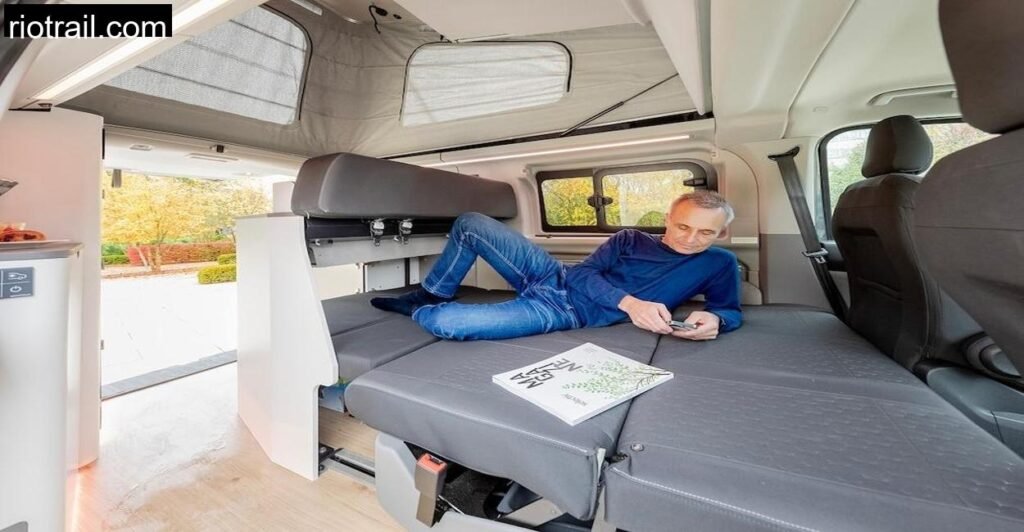
The Ford Transit Custom Nugget you can buy today is built on the latest Transit Custom platform, introduced in 2023. The big news is that Ford has kept its trusted collaboration with Westfalia, who still handle the camper conversion. That alone is reassuring, Westfalia knows campers better than almost anyone.
From a distance, the new Nugget looks leaner, sleeker. It feels more integrated with Ford’s modern design language. There’s a simplified front grille, sharp headlights, and cleaner side panels. You could easily mistake it for a big family MPV, until you spot the signature pop-up roof, hinting at the van’s double life.
And Ford hasn’t stopped at styling. The drivetrain has evolved too. The version I tested packed Ford’s latest 2.0-liter EcoBlue diesel, pushing out 170 hp and 390 Nm of torque, coupled to a brand-new eight-speed automatic gearbox. That matters, because if you’ve ever driven a sluggish camper up a steep forest track, you’ll know why effortless torque is a must.
Here’s a look at the key specs for the model I tested:
To keep things accurate, we use only the official BMW’s website for technical details.
| Specification | Value |
| Engine | 2.0 EcoBlue Diesel |
| Power Output | 125 kW (170 hp) @ 3500 rpm |
| Torque | 390 Nm @ 1500 rpm |
| Transmission | 8-speed automatic |
| Drive | Front-wheel drive |
| Top Speed | 170 km/h |
| Length | 5050 mm |
| Width | 1999 mm |
| Height | 2005 mm |
| Wheelbase | 3100 mm |
| Curb Weight | 2807 kg |
| Payload | approx. 493 kg |
| Trailer Load (Braked/Unbraked) | 2500 kg / 750 kg |
| Tank Capacity | 70 L diesel + 20 L AdBlue |
| Base Price | €73,126 |
| Tested Vehicle Price | €77,873.60 |
On the Road: Driving the Nugget Through the Hills
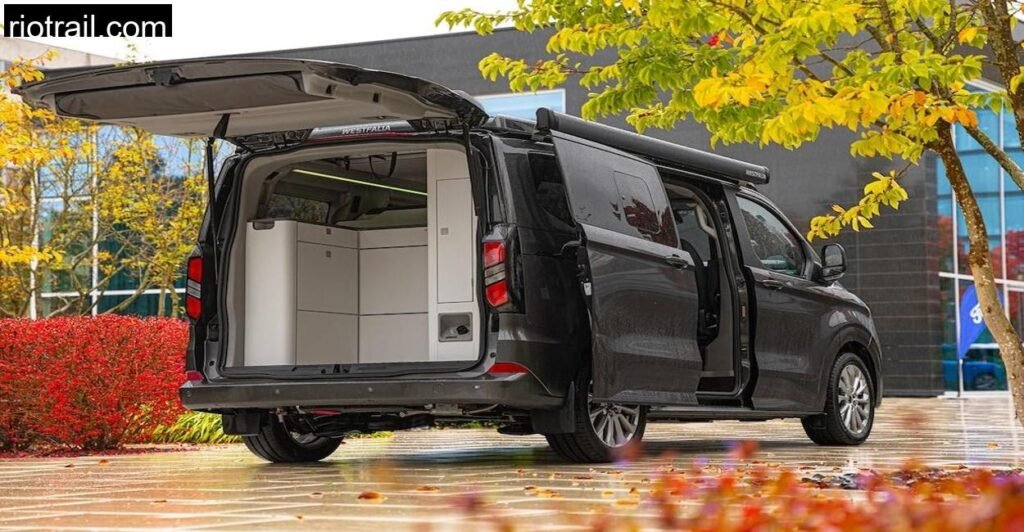
Leaving the small town roads behind and heading up into the Egge Hills gave me my first real taste of the new Nugget’s dynamics. Now, let’s be clear: you don’t expect a compact camper to corner like a BMW or blast down the autobahn like a sports wagon. But what Ford has done here is create a van that feels surprisingly light on its feet.
The combination of that 390 Nm of torque and the smooth-shifting eight-speed automatic meant that acceleration felt brisk, even with two passengers and a full load of camping gear on board. Through the tighter hairpins leading up to the panoramic viewpoint near Velmerstot, the Nugget’s handling was confident and predictable. The front-wheel-drive setup had no trouble maintaining grip, and while you can order all-wheel drive for slippery conditions, I never missed it during my dry-weather test.
One major plus was the new steering column-mounted gear selector, which not only frees up space in the cabin but also gives the driver an uncluttered, car-like feel behind the wheel. The Nugget simply doesn’t feel like a big, lumbering van. It drives with a balance that invites relaxed cruising on the autobahn and steady confidence on narrow country roads.
On a fast stretch of the A33 heading toward Paderborn, I comfortably held 130 km/h, with the Nugget feeling stable and quiet. Wind noise is impressively subdued for a pop-top camper, and the sound insulation throughout the cabin is excellent. Even on rougher secondary roads in the hills, there was no annoying panel rattle, a testament to the build quality Ford and Westfalia have achieved.
Fuel economy on my mixed test route (around 250 kilometers in total) averaged 7.1 liters/100 km, which is reasonable considering the shape and size of the vehicle. On flatter long-distance drives, I imagine getting closer to 6.5 liters/100 km would be entirely realistic.
Life Onboard: The Three-Room Genius
But driving is only half the story with the Nugget. What really sets it apart is what happens when you park up, kill the engine, and turn the cabin into a home.
Ford has stuck with the Nugget’s famous three-room layout, and for good reason. It works beautifully.
Up front, the driver and passenger seats swivel, instantly transforming the cockpit into part of the living area. The bench seat slides forward and folds out easily to form a generous lower bed (1.20 x 1.90 meters), with clever integration into the kitchen cabinetry at the rear. Heating for the bench is now standard, a small detail that makes a big difference in chilly German forest mornings.
Climb up into the pop-up roof, and you’ll find the upper bed to be even more impressive: a comfortable 1.30 x 2.00+ meter mattress supported by disc springs, accessible via a sturdy little ladder. The large zippable windows make this one of the brightest and most enjoyable sleeping areas I’ve experienced in a compact camper. Lying there at night with a clear view of the treetops was simply magical.
At the back of the van is the Nugget’s secret weapon: the rear kitchen. With the roof popped up, it’s airy and spacious. The new fridge drawer replaces the older hatch system, freeing up valuable workspace. The gas stove and sink are positioned perfectly for ergonomic cooking, and storage has been improved, with space for a small dry toilet now standard.
There’s also a handy hot-water shower connection at the rear, something I put to good use after a muddy hike in the forest. Whether making coffee at dawn or prepping pasta at sunset, the Nugget’s kitchen simply makes sense.
Practicality: Living with the Nugget
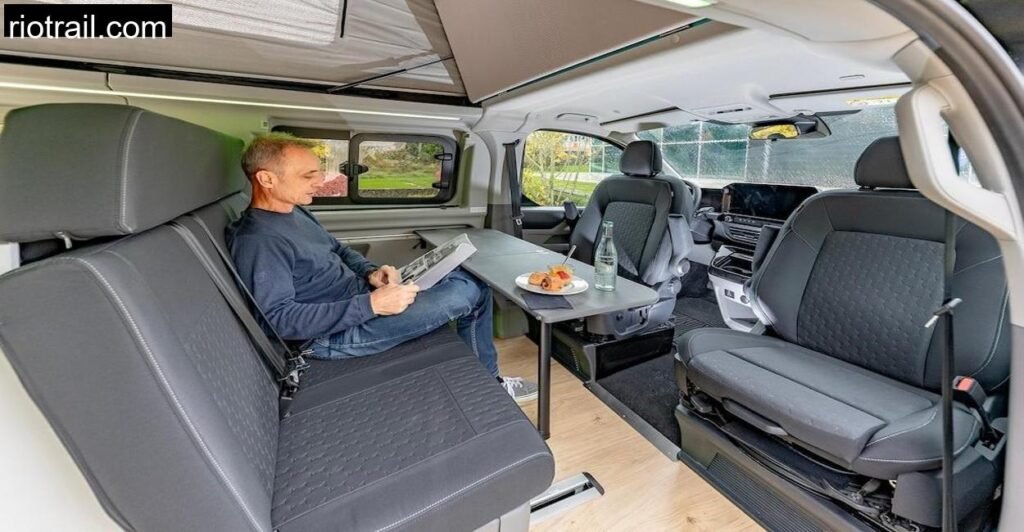
Beyond the romantic charm of wild camping in the Egge Hills, it’s important to consider what the Nugget is like to live with day to day.
Ford’s decision to move the gear selector up to the steering column is more than just aesthetic. It dramatically improves cabin walk-through space, letting you move between front and rear with ease, critical in bad weather or urban camping spots.
The Nugget’s height, just over 2 meters, means it won’t fit into every underground garage, but it’s still city-friendly enough for most outdoor parking. The driving position is commanding yet car-like, with excellent visibility and modern driver assistance features (lane keep assist, adaptive cruise, collision warning) that make even long autobahn stints relaxing.
Payload is generous at nearly 500 kg, and towing capability,2.5 tons braked, adds welcome versatility for anyone wanting to haul bikes, kayaks or even a small trailer.
Storage space throughout the cabin is cleverly designed. The foldaway luggage cover, while missing the old automatic retraction mechanism, still works well, and the underfloor compartment keeps essentials neatly stowed.
Real-World Impressions: From Dawn to Dusk
The Nugget proved to be a fantastic companion across a full day of testing in the Egge Hills. From early-morning climbing drives, to afternoon hikes, to evening camp setup, everything about the Nugget felt practical and well thought out.
One small quirk: the pop-top roof closing mechanism still has one sharp edge that caught my head once. It’s minor, but I hope Ford refines this in future builds.
Otherwise, I was genuinely impressed by how solid and quiet the Nugget felt on even broken forest roads. The combination of German engineering and Ford’s updated Transit platform clearly pays off in terms of both refinement and durability.
Conclusion: A True Camper’s Companion
Driving back toward home after a night under the stars, I kept thinking about how well the Nugget bridges the worlds of car and camper. It’s as easy to drive as a large SUV, yet offers true multi-room living and the versatility to handle everything from long road trips to quick weekend escapes.
Yes, it’s not cheap. My well-equipped tester tipped the scales at €77,873, and some of the premium options do add up fast. But compared to similarly equipped offerings from Volkswagen or Mercedes, the Nugget delivers exceptional value for a ready-to-roll, high-quality camper.
In short, if you’re serious about travel but still want a vehicle that handles like a car and fits into daily life, the new Ford Transit Custom Nugget is a brilliant choice. The Egge Hills were just the start, this is a van built to take you far beyond.
Is the Ford Transit Custom Nugget suitable for daily driving?
Yes. It drives more like a large MPV than a traditional van, thanks to excellent refinement, good steering and an automatic gearbox.
How does Ford Transit Custom Nugget compare to VW California?
The Nugget’s rear kitchen layout is a key strength, it feels more practical than the side kitchens in most VW models. Driving dynamics are competitive too.
